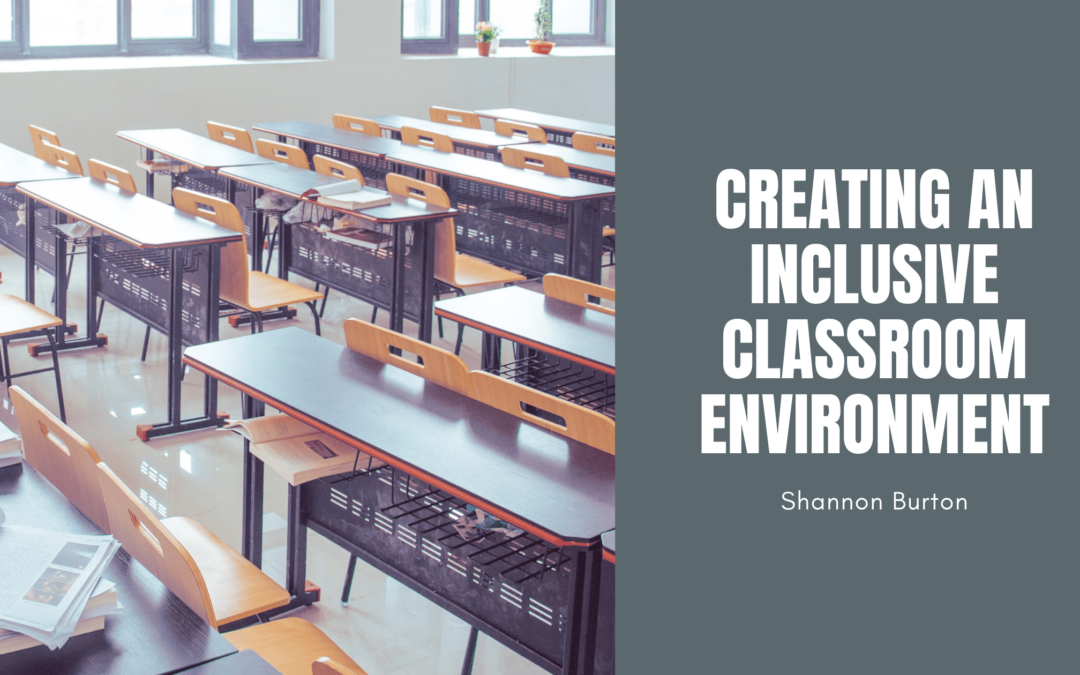A career in early childhood education poses several unique challenges. Aside from curriculum requirements, there are also complex interpersonal needs that must be addressed. Creating a healthy and inclusive classroom environment is essential for the benefit and wellbeing of all students.
Model Compassion
An open mind is essential for an educator to create an inclusive atmosphere. Teachers must model open-minded behavior and compassion for others. As students and staff alike witness such personal interactions, they are likely to follow suit quickly.
Compassion is fostered through an understanding of one another. Educators can ease the transition by introducing icebreaker activities and other events that allow students to get to know each other on a more personal level. This will encourage them to focus on their similarities rather than their differences.
Encourage Comfort
The learning environment is crucial for students. Multiple studies have shown that students perform better on tests when the testing environment is similar to their study atmosphere. In general, students will feel more comfortable and eager to learn when their space is fun and energizing.
Special needs students across the spectrum have responded well to stimulating classroom environments. The key is to incorporate technology that supports the learning style of the classroom. Communication tools such as tablets and e-readers are beneficial for nonverbal students.
Solicit Support
Students, parents, and co-educators are all critical components to a successful classroom. This supporting cast is even more vital when a learning environment is inclusive or will become inclusive. Teachers cannot be expected to remember every single detail of each student profile, so help is required.
Individualized Education Programs, or IEPs, are a helpful outline for educators. Classroom helpers and substitutes should have access to the IEPs of students in an inclusive classroom. Following and adjusting these guidelines as needed will support students on a much higher level than merely reviewing them once a year and filing them away.
Parents and students can also support the learning environment by participating in social and educational activities. Introductory videos, drawings, or even poems can help them connect with other students. Occasional meetings with parents and faculty will ensure each child stays engaged and on track for success.

